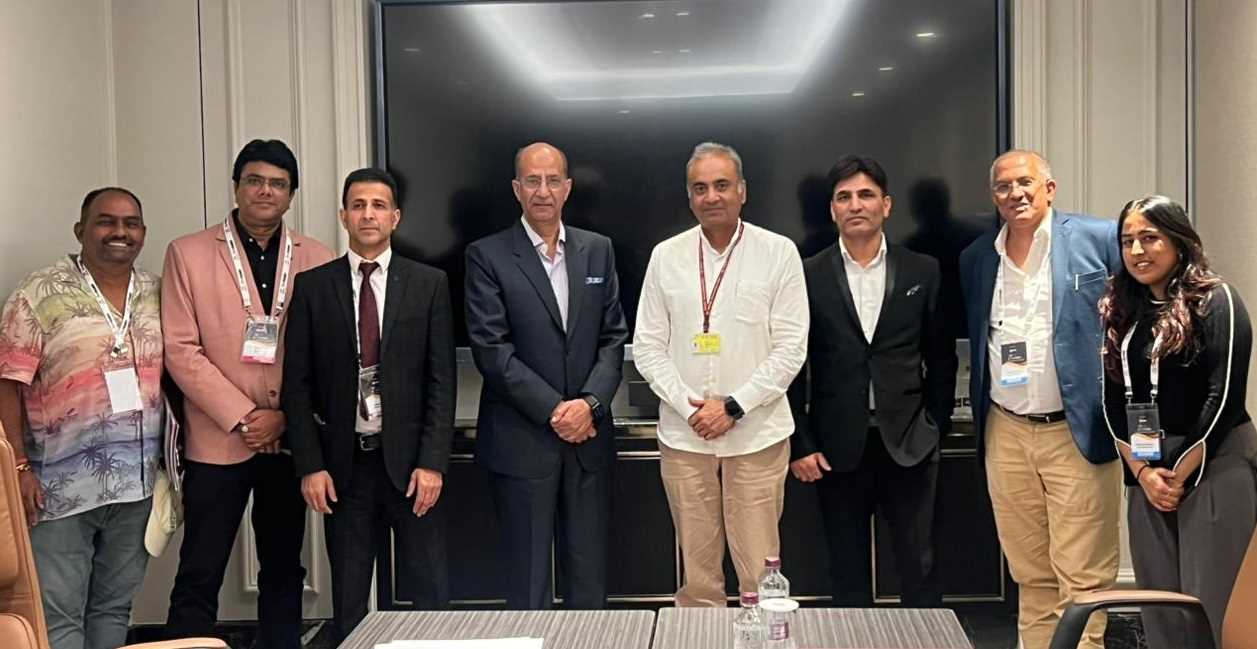
Emphasizes strict action against illegal activities
Chief Secretary Atal Dulloo today chaired a comprehensive review of the Jammu & Kashmir Mining Department, focusing on the implementation and performance of the Integrated Mining Surveillance System (IMSS), a technology-driven platform for real-time monitoring of mining operations across the UT.
The meeting was attended by senior officials, including the Principal Secretary of Mining, Chairperson of the Pollution Control Committee, Director of Geology & Mining, and other department heads.
Highlighting the importance of IMSS, the Chief Secretary stressed its role in ensuring transparency and curbing illegal mining. He directed that every alert generated by the system must be acted upon promptly, with accountability fixed for officers or violators failing to comply. He further instructed that Deputy Commissioners be given access to the IMSS to enable immediate action within their districts.
Chief Secretary Dulloo appreciated the BISAG-N team for developing the IMSS, citing its ability to detect, locate, and address illegal mining with precision. He also urged the Pollution Control Committee to provide a comprehensive checklist of clearances to avoid delays in auctioning mineral blocks.
The meeting reviewed the operationalization of major and minor mineral blocks, biogas exploration projects in collaboration with ONGC, and the integration of IMSS with e-Challan and e-Market platforms to improve efficiency. Currently, J&K has 48 limestone blocks and 235 minor mineral blocks, with 207 leased and 98 operational, generating an expected revenue of around Rs 220 crore.
Principal Secretary Anil Kumar Singh reported that IMSS had generated 114 alerts, 29 of which were verified in the field, confirming unauthorized mining at 16 locations. Alerts are shared with DCs, SSPs, and District Mineral Officers for immediate action. The department is also enhancing the system with vehicle tracking and on-spot e-challaning capabilities.
The Chief Secretary also reviewed ongoing exploration of key mineral resources, including Lithium, Sapphire, Lignite, Granite, Dolomite, Graphite, and Gypsum, across multiple districts. To strengthen enforcement, multi-nodal Quick Response Teams (QRTs) have been constituted under respective DMOs, along with control rooms under the District Mineral Foundation Trust framework to ensure coordinated surveillance throughout J&K.
Emphasizes strict action against illegal activities
Chief Secretary Atal Dulloo today chaired a comprehensive review of the Jammu & Kashmir Mining Department, focusing on the implementation and performance of the Integrated Mining Surveillance System (IMSS), a technology-driven platform for real-time monitoring of mining operations across the UT.
The meeting was attended by senior officials, including the Principal Secretary of Mining, Chairperson of the Pollution Control Committee, Director of Geology & Mining, and other department heads.
Highlighting the importance of IMSS, the Chief Secretary stressed its role in ensuring transparency and curbing illegal mining. He directed that every alert generated by the system must be acted upon promptly, with accountability fixed for officers or violators failing to comply. He further instructed that Deputy Commissioners be given access to the IMSS to enable immediate action within their districts.
Chief Secretary Dulloo appreciated the BISAG-N team for developing the IMSS, citing its ability to detect, locate, and address illegal mining with precision. He also urged the Pollution Control Committee to provide a comprehensive checklist of clearances to avoid delays in auctioning mineral blocks.
The meeting reviewed the operationalization of major and minor mineral blocks, biogas exploration projects in collaboration with ONGC, and the integration of IMSS with e-Challan and e-Market platforms to improve efficiency. Currently, J&K has 48 limestone blocks and 235 minor mineral blocks, with 207 leased and 98 operational, generating an expected revenue of around Rs 220 crore.
Principal Secretary Anil Kumar Singh reported that IMSS had generated 114 alerts, 29 of which were verified in the field, confirming unauthorized mining at 16 locations. Alerts are shared with DCs, SSPs, and District Mineral Officers for immediate action. The department is also enhancing the system with vehicle tracking and on-spot e-challaning capabilities.
The Chief Secretary also reviewed ongoing exploration of key mineral resources, including Lithium, Sapphire, Lignite, Granite, Dolomite, Graphite, and Gypsum, across multiple districts. To strengthen enforcement, multi-nodal Quick Response Teams (QRTs) have been constituted under respective DMOs, along with control rooms under the District Mineral Foundation Trust framework to ensure coordinated surveillance throughout J&K.
© Copyright 2023 brighterkashmir.com All Rights Reserved. Quantum Technologies